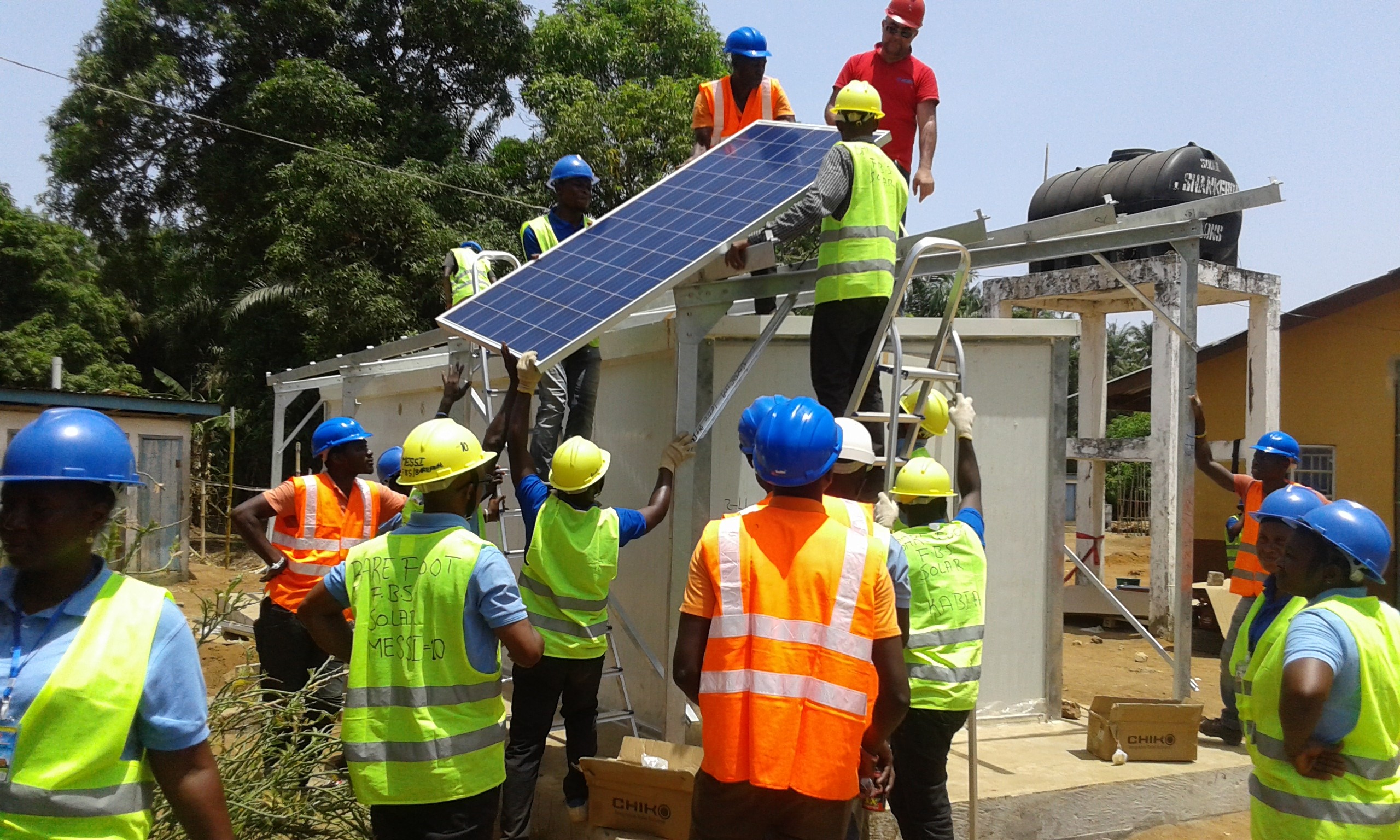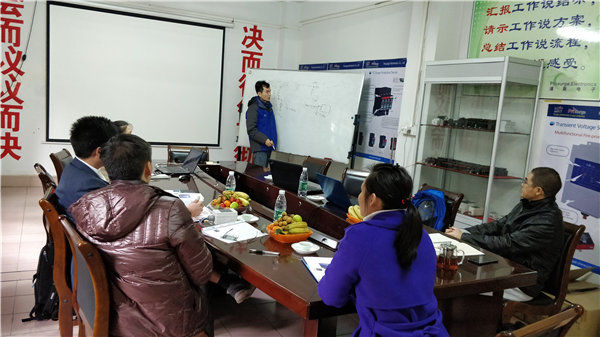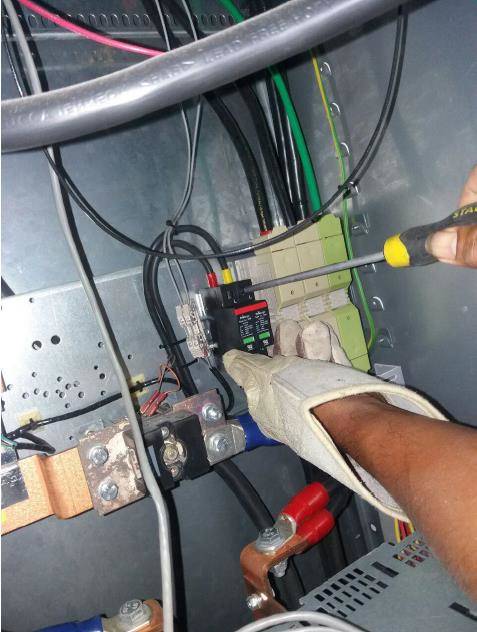Prosurge Has New SPD Project in Sierra Leone Africa
prosurge2018-01-25T11:06:39+08:00United Nations Office for Project Services (UNOPS) has built a 4MW solar station in Sierra Leone, Africa. Prosurge, standing out the competition with French and German SPD brands, is proud to be the SPD (Surge Protection Device) supplier in this project. Customer is using our PV SPD to protect their solar system. [...]





